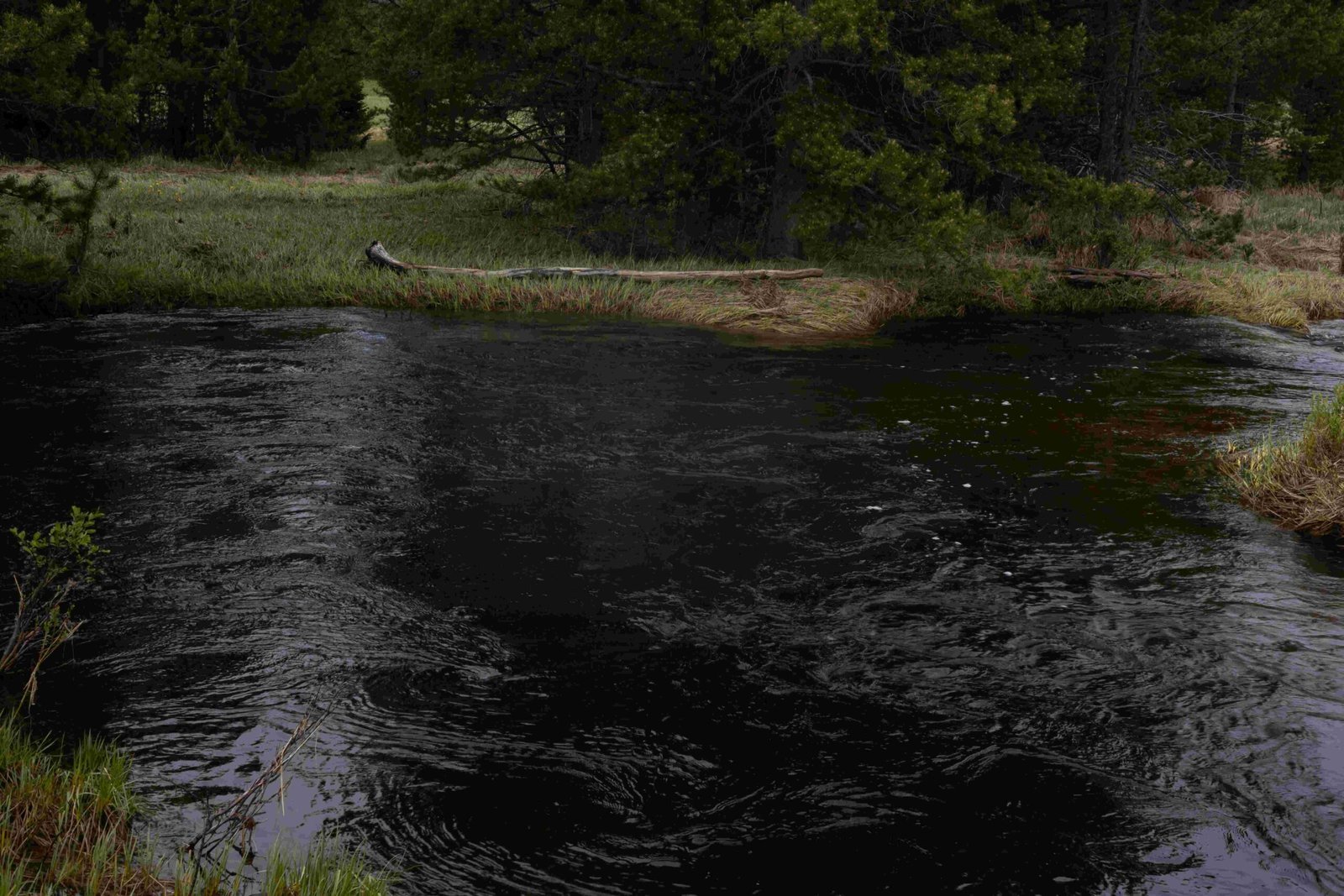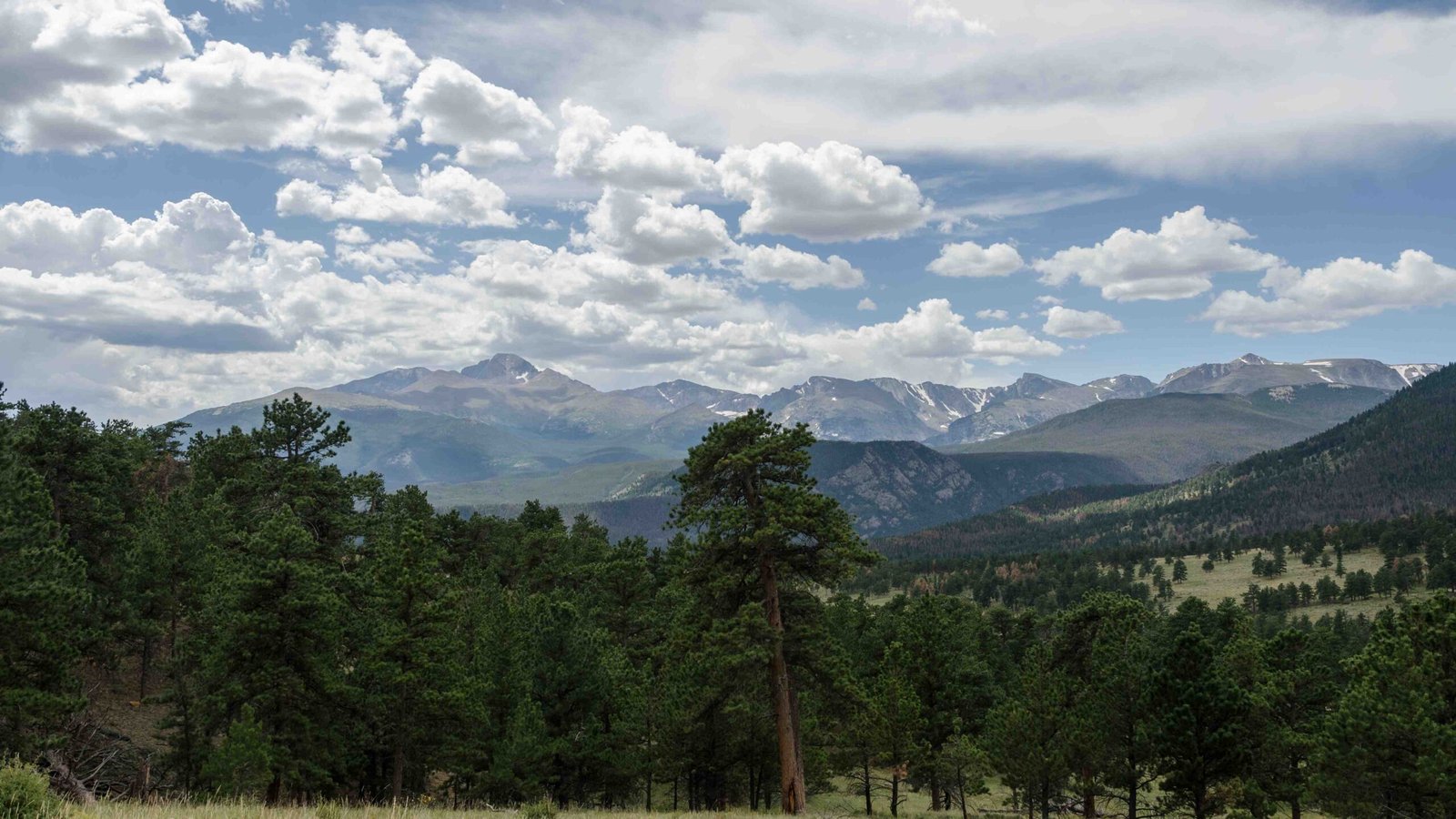A trail runner lost in Rocky Mountain National Park faces significant challenges due to the vast wilderness, unpredictable weather, and rugged terrain. The park’s search and rescue teams employ advanced techniques and equipment to locate missing individuals. Understanding the risks, proper preparation, and emergency procedures are crucial for trail runners to ensure their safety in this iconic national park.
What Are the Immediate Steps When a Trail Runner is Lost?

When a trail runner is reported lost in Rocky Mountain National Park, a series of well-coordinated actions are set in motion:
- Notification of park rangers and search and rescue teams
- Gathering of information about the runner’s last known location and planned route
- Assessment of weather conditions and potential hazards
- Deployment of search teams on foot and, if necessary, by air
The park’s search and rescue protocols are designed to respond quickly and efficiently to minimize the risks faced by the lost runner.
How Does Rocky Mountain National Park Conduct Search Operations?

Rocky Mountain National Park employs a multi-faceted approach to search operations:
- Ground Teams: Highly trained searchers comb the area on foot, using maps, compasses, and GPS devices.
- Aerial Support: Helicopters are often utilized for aerial reconnaissance, especially in hard-to-reach areas.
- K-9 Units: Specially trained dogs may be deployed to track the scent of the lost runner.
- Technical Rescue: In cases where the runner is located in a precarious position, technical rescue teams with specialized equipment are called in.
The search operation’s scale and methods are adjusted based on the specific circumstances of each case, including the runner’s last known location, physical condition, and the prevailing weather conditions.
What Should Trail Runners Pack for Safety in Rocky Mountain National Park?
To enhance safety and increase chances of survival if lost, trail runners should carry the following essential items:
| Category | Items |
|---|---|
| Navigation | Map, compass, GPS device (with extra batteries) |
| Communication | Fully charged cell phone, whistle, personal locator beacon |
| Hydration & Nutrition | Water, water purification method, high-energy snacks |
| Clothing | Weather-appropriate layers, rain gear, hat, gloves |
| First Aid | Basic first aid kit, any personal medications |
| Emergency Shelter | Emergency blanket or bivy sack |
| Illumination | Headlamp or flashlight with extra batteries |
| Fire Starting | Waterproof matches or lighter, fire starter |
Proper packing can make a significant difference in a runner’s ability to stay safe or survive if lost in the park.
How Can Trail Runners Prevent Getting Lost in Rocky Mountain National Park?
Prevention is key to avoiding the dangerous situation of being lost in the park. Trail runners can take several precautions:
- Study the Route: Thoroughly research and understand the planned trail before setting out.
- Use Reliable Navigation Tools: Carry and know how to use a map, compass, and GPS device.
- Stay on Marked Trails: Resist the urge to explore off-trail areas, which can quickly lead to disorientation.
- Be Weather-Aware: Check forecasts and be prepared for sudden weather changes common in mountain environments.
- Inform Others: Leave a detailed trip plan with a trusted person, including route and expected return time.
- Run with a Partner: When possible, run with a companion for added safety.
By following these preventive measures, trail runners can significantly reduce their risk of becoming lost in Rocky Mountain National Park.
What Are the Unique Challenges Faced by Lost Trail Runners in Rocky Mountain National Park?
Lost trail runners in Rocky Mountain National Park face several unique challenges:
- Altitude: The park’s high elevation can cause altitude sickness and affect physical performance.
- Terrain: Rugged landscapes with steep cliffs and dense forests can make navigation difficult.
- Wildlife: Encounters with large animals like bears or mountain lions pose potential dangers.
- Weather Extremes: Rapid weather changes can lead to hypothermia or heat exhaustion.
- Limited Cell Coverage: Many areas of the park lack cellular service, complicating communication efforts.
Understanding these challenges helps runners prepare adequately and respond appropriately if they find themselves lost.
How Should a Lost Trail Runner Respond to Maximize Chances of Rescue?
If a trail runner becomes lost in Rocky Mountain National Park, following these steps can increase the likelihood of a successful rescue:
- Stay Calm: Panic can lead to poor decision-making and wasted energy.
- Stop Moving: Once lost, remain in place to conserve energy and make it easier for rescuers to find you.
- Signal for Help: Use a whistle (three blasts is the universal distress signal) or create visible signals.
- Seek Shelter: Protect yourself from the elements while waiting for rescue.
- Conserve Resources: Ration food and water, as rescue may take time.
- Stay Visible: Make yourself as visible as possible to ground and air search teams.
By following these guidelines, a lost runner can significantly improve their chances of being found quickly and safely.
What Role Does Technology Play in Locating Lost Trail Runners?
Technology plays a crucial role in modern search and rescue operations for lost trail runners:
- GPS Tracking: If the runner has a GPS device, it can provide precise location data to rescuers.
- Cell Phone Triangulation: Even without service, a cell phone’s last known location can be used to narrow the search area.
- Drones: Unmanned aerial vehicles equipped with thermal imaging cameras can cover large areas quickly.
- Satellite Imagery: High-resolution satellite images can be analyzed to identify potential locations of lost runners.
- Social Media: Information shared on social media platforms can sometimes provide valuable clues to a runner’s whereabouts.
The integration of these technologies with traditional search methods has significantly improved the efficiency and success rate of rescue operations in Rocky Mountain National Park.
